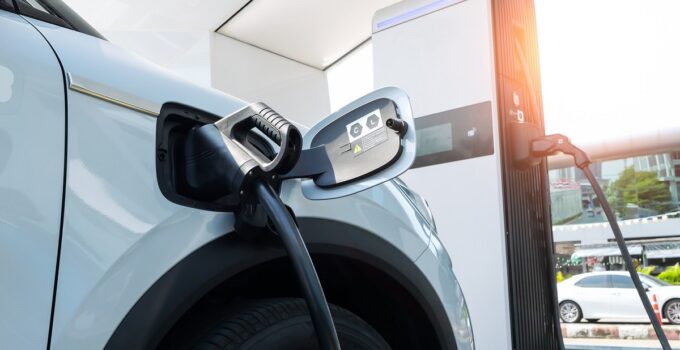Electric vehicles (EVs) are the future of the automotive industry, but not everyone is on board. Are we moving too fast and leaving some people behind in this rush for green energy?
1. Those Priced Out by High Initial Costs

Image Credit: Shutterstock / Korawat photo shoot
The upfront cost of electric cars like the Tesla Model S or the Rivian R1T is a significant barrier. Many middle-class Americans can’t justify the hefty price tag, even with potential savings on fuel and maintenance.
2. Rural Residents Facing Charging Infrastructure Gaps

Image Credit: Shutterstock / husjur02
Rural areas and smaller towns often lack the extensive charging networks found in cities. Brands like Chevrolet with their Bolt EV struggle to appeal in regions where finding a charger is a challenge.
3. Drivers Anxious About Limited Range
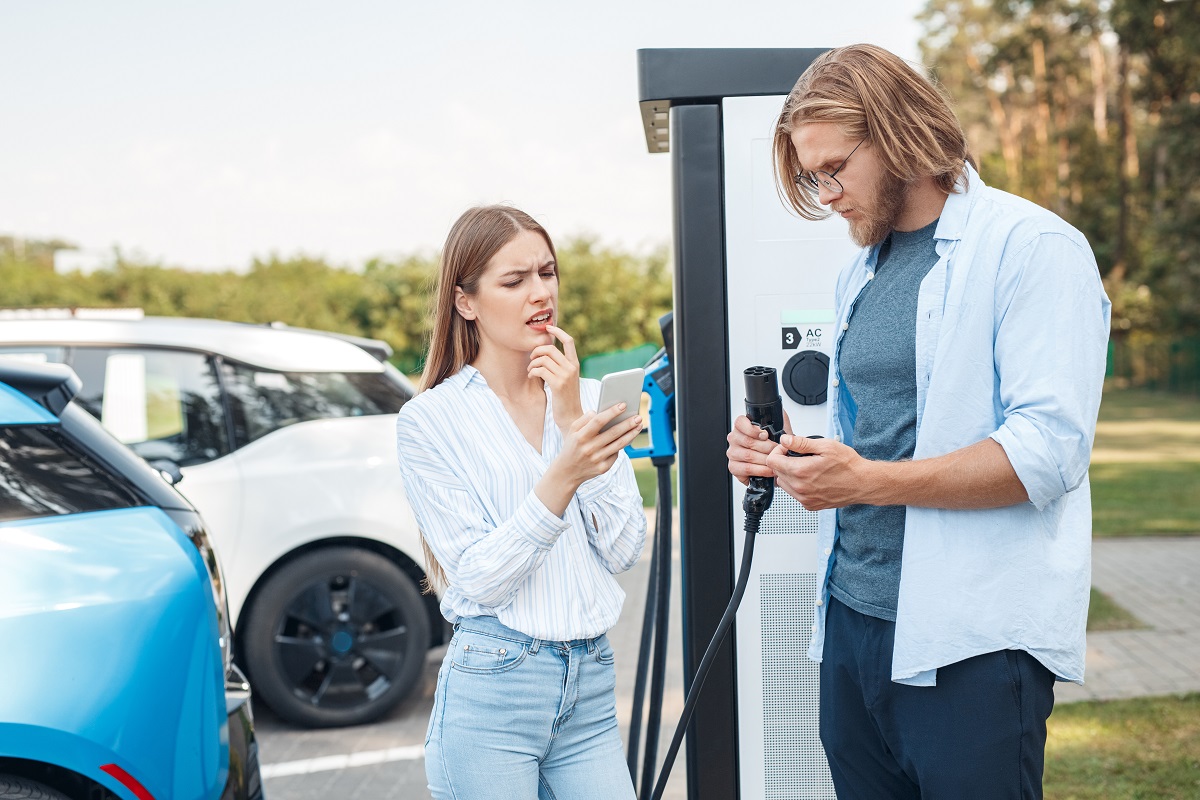
Image Credit: Shutterstock / Viktoriia Hnatiuk
Despite advancements, many EVs, including the Nissan Leaf, still have limited ranges compared to traditional gas vehicles. This makes long-distance travel a nerve-wracking experience for those living far from urban centers.
4. Communities Dependent on an Insufficient Power Grid
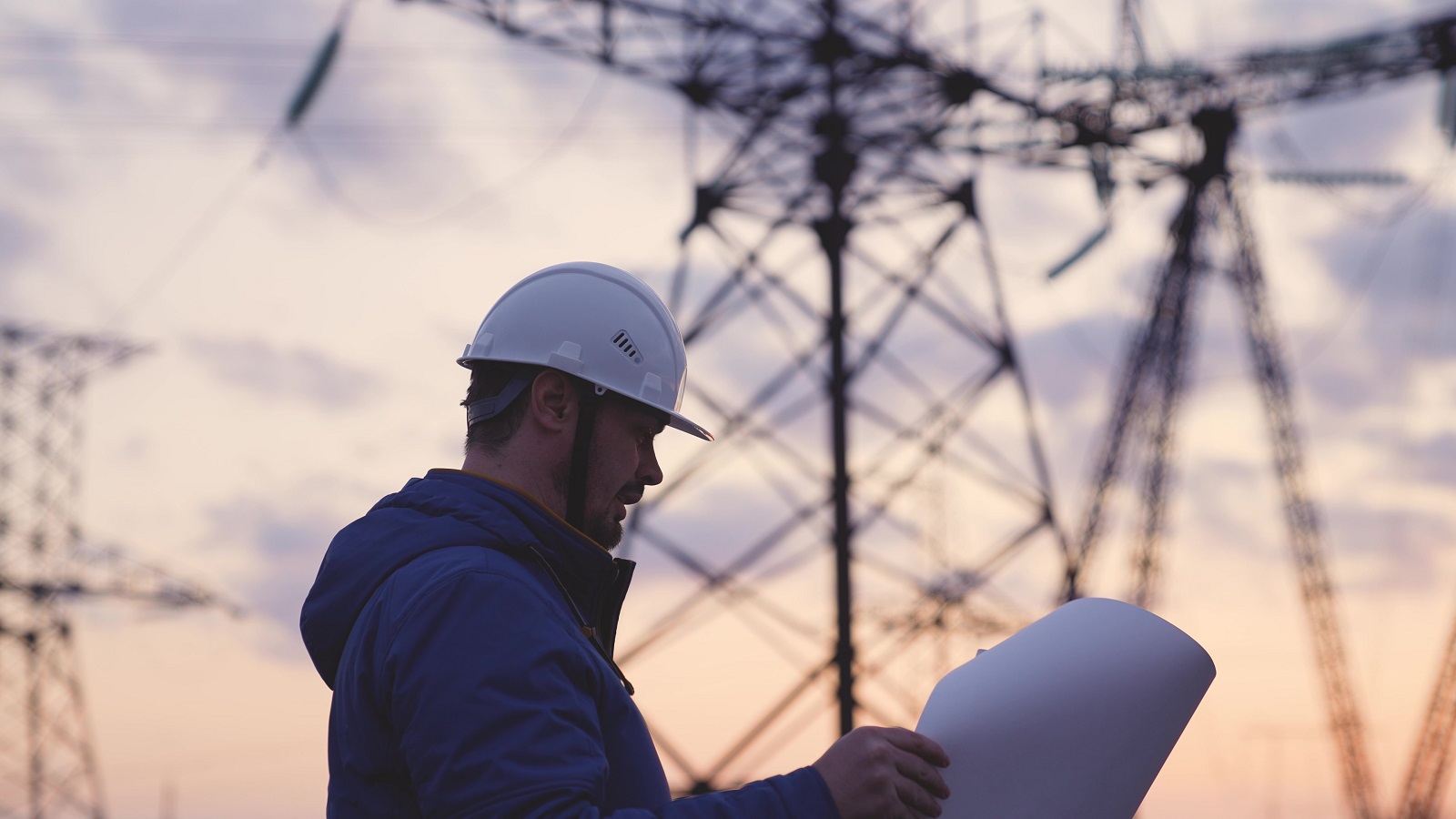
Image Credit: Shutterstock / Valery Zotev
Our current power grid isn’t fully prepared to handle a massive influx of EVs. Ford’s F-150 Lightning, for example, might be great, but it needs a robust infrastructure that many parts of the country lack.
5. Budget-Conscious Families Hit by High Maintenance Costs

Image Credit: Shutterstock / thanmano
While EVs like the BMW i3 have fewer moving parts, their specialized components can be costly to repair or replace. This is a big concern for budget-conscious Americans used to more affordable fixes.
6. Workers Facing Job Displacement in Traditional Industries

Image Credit: Shutterstock / industryviews
The rise of EVs threatens jobs in traditional automotive and oil industries. Brands like GM and Ford are transitioning, but what happens to workers who can’t shift as easily?
7. Tech-Challenged Individuals Struggling with Technological Learning Curve

Image Credit: Shutterstock / Iryna Inshyna
Not everyone is tech-savvy enough to handle the complexities of modern EVs. The advanced features of vehicles like the Tesla Model 3 can be overwhelming for older generations or those less comfortable with technology.
8. Eco-Conscious Consumers Worried About Battery Disposal and Environmental Impact
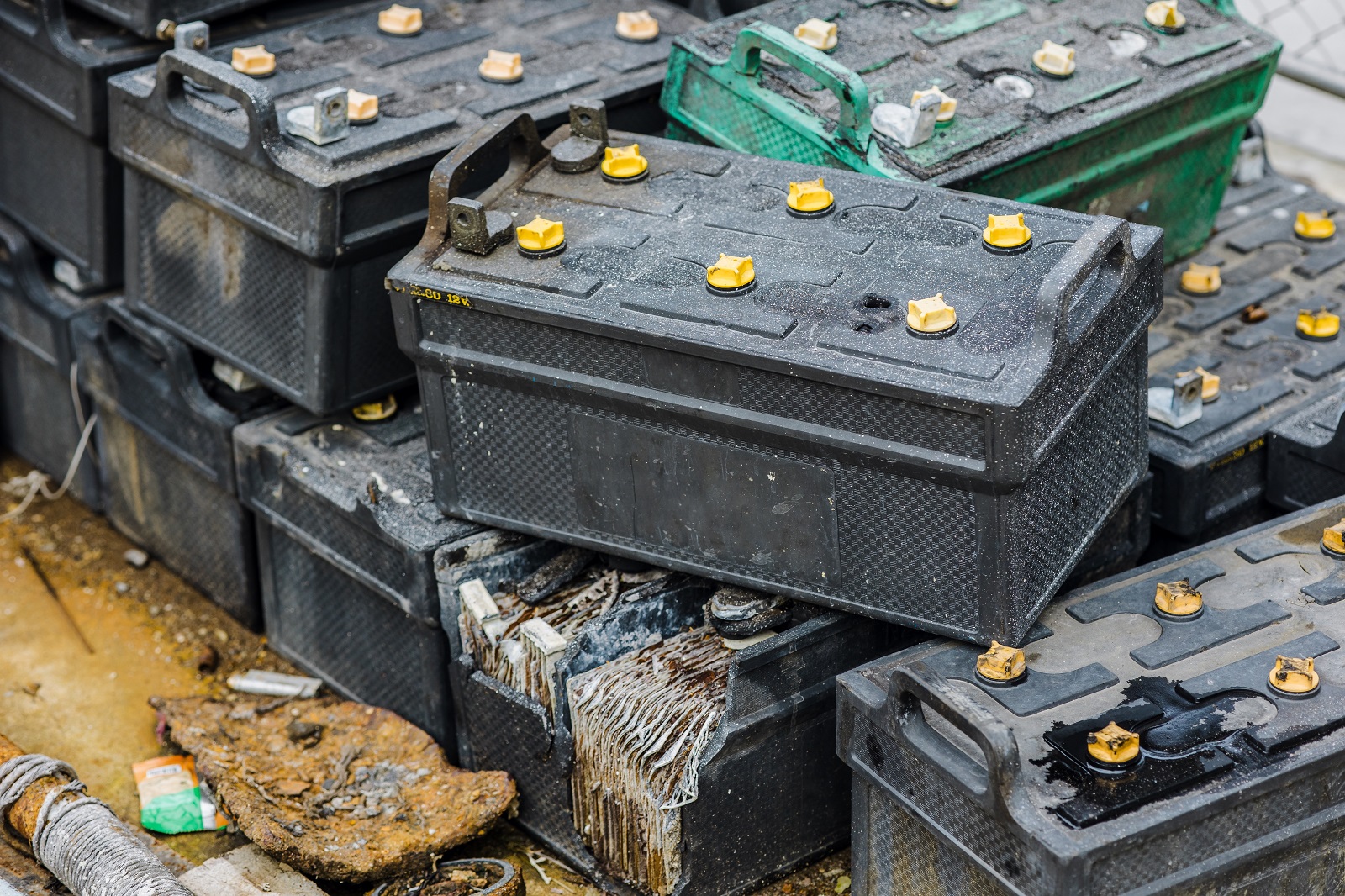
Image Credit: Shutterstock / Quality Stock Arts
While EVs reduce emissions, the environmental cost of battery production and disposal is high. Companies like Tesla and Nissan are working on solutions, but this remains a concern for eco-conscious consumers.
9. Lower-Income Buyers Missing Out on Incentive Inequities

Image Credit: Shutterstock / BalanceFormCreative
Government incentives often favor those who can afford higher-end models. This means brands like Audi with their e-tron benefit more, leaving lower-income buyers with fewer options.
10. Risk-Averse Shoppers Wary of Resale Value Uncertainty

Image Credit: Shutterstock / Prostock-studio
The resale market for EVs is still unpredictable. A used EV like the Chevrolet Bolt might not hold its value as well as a traditional car, making it a risky investment for many.
11. Cold-Climate Residents Dealing with Poor Performance

Image Credit: Shutterstock / Octofocus2
EVs often perform poorly in cold climates, which can significantly reduce their range. Brands like Tesla are working on improvements, but for now, this is a major drawback for residents in colder states.
12. Picky Consumers Limited by Model Variety

Image Credit: Shutterstock / ViDI Studio
While the market is growing, there are still fewer EV models available compared to traditional cars. This limits choices for consumers who might prefer specific types like trucks or SUVs, despite options like the Rivian R1T.
13. Impatient Drivers Frustrated by Long Charging Times
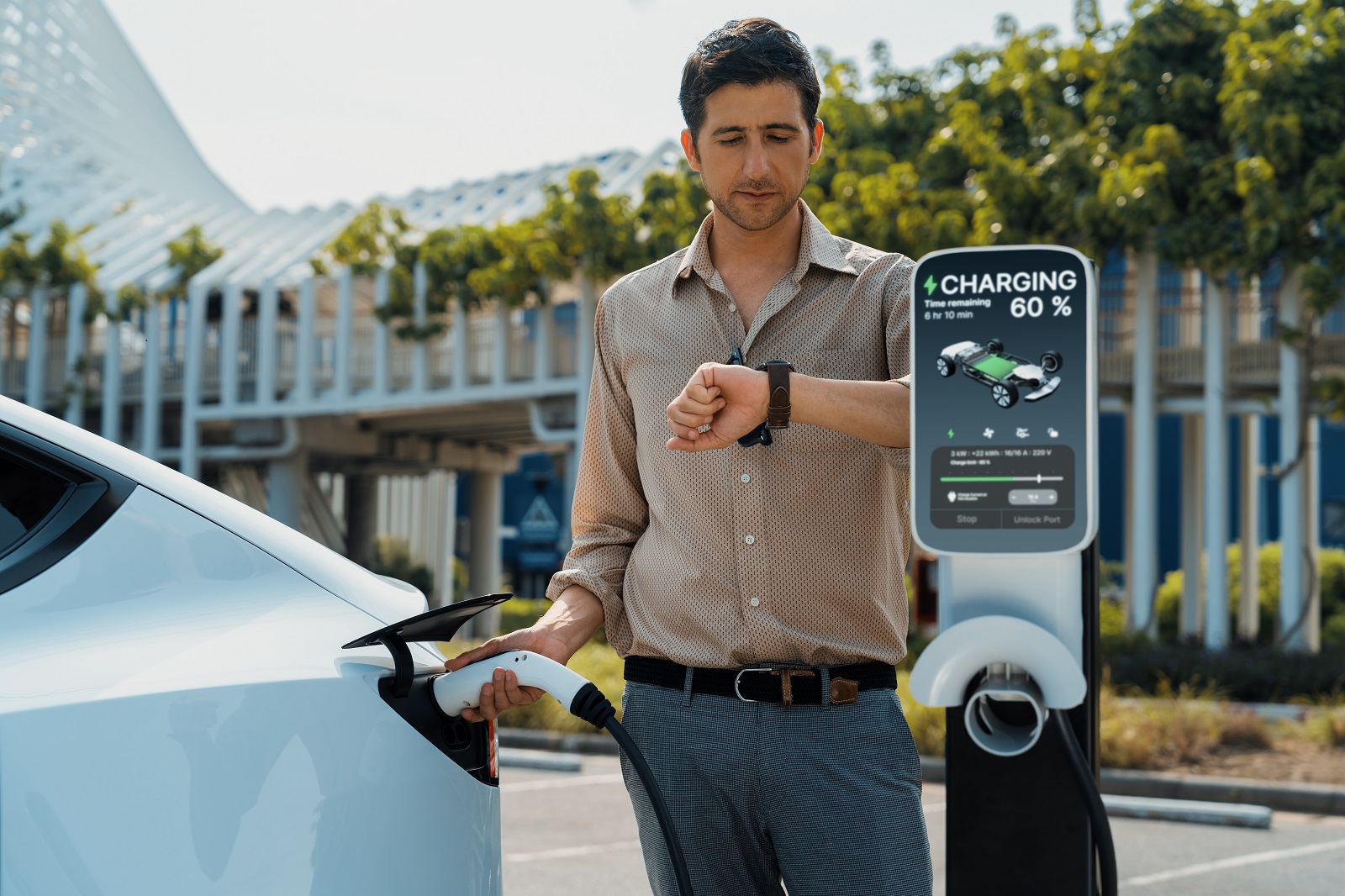
Image Credit: Shutterstock / Owlie Productions
Charging an EV can take significantly longer than filling a gas tank. Even with fast chargers, vehicles like the Porsche Taycan still require more time, which is inconvenient for many.
14. Optimists Dependent on Uncertain Technological Advances
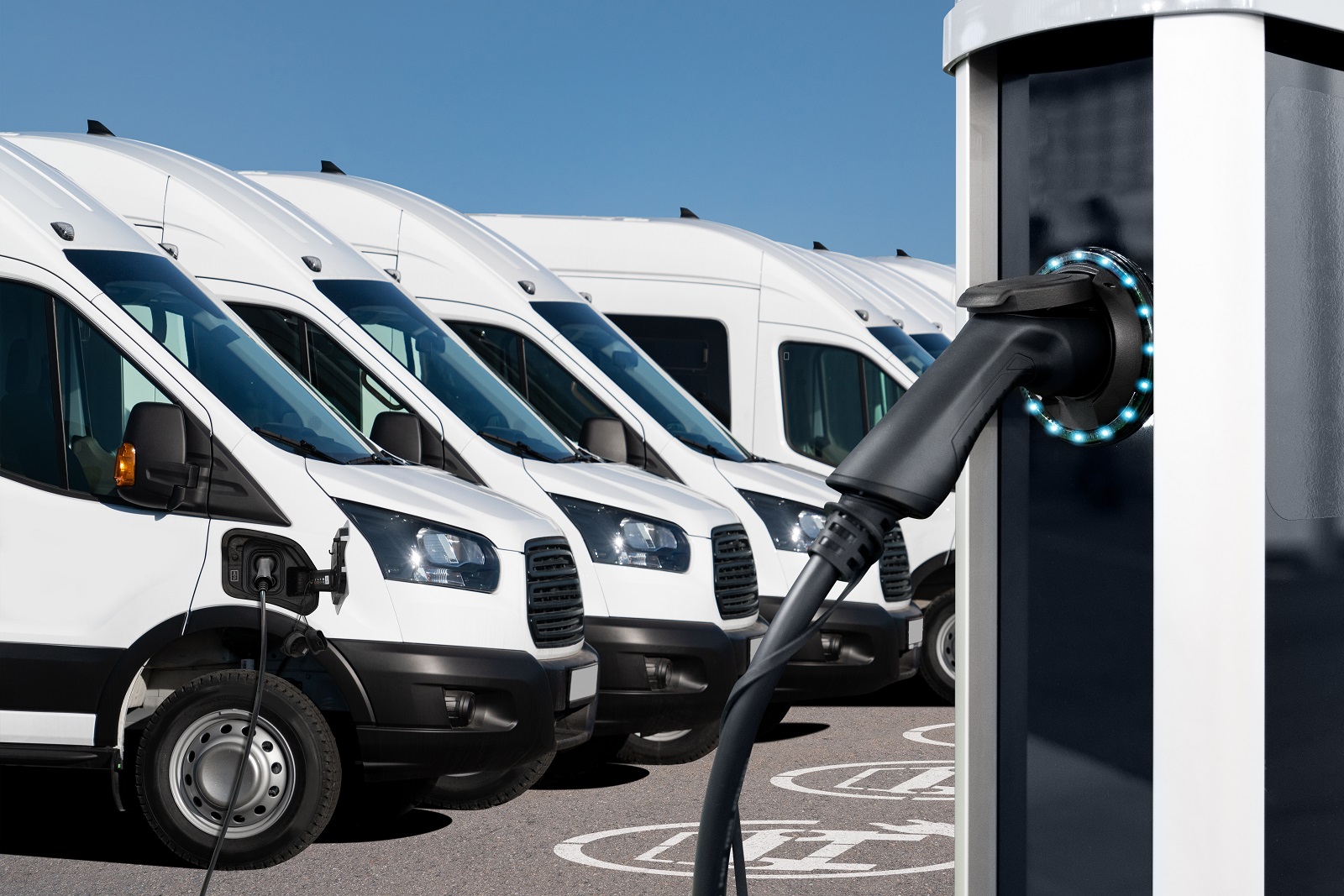
Image Credit: Shutterstock / Scharfsinn
The future of EVs relies heavily on advancements in battery technology. Brands like BMW and Tesla are at the forefront, but the pace of innovation can be unpredictable, affecting consumer confidence.
15. Residents in Underserved Areas Facing Limited Availability

Image Credit: Shutterstock / UfaBizPhoto
Not all brands offer their full range of EVs nationwide. For example, the Hyundai Kona Electric is available in select markets, making it hard for some consumers to access these vehicles.
The Road Ahead

Image Credit: Shutterstock / Jelena Zelen
The electric car revolution is exciting, but it’s clear we have some bumps to smooth out. Let’s hope we can bridge these gaps and ensure everyone can join the ride.
Police Magnet: 7 Cars That Guarantee You’ll Get Pulled Over
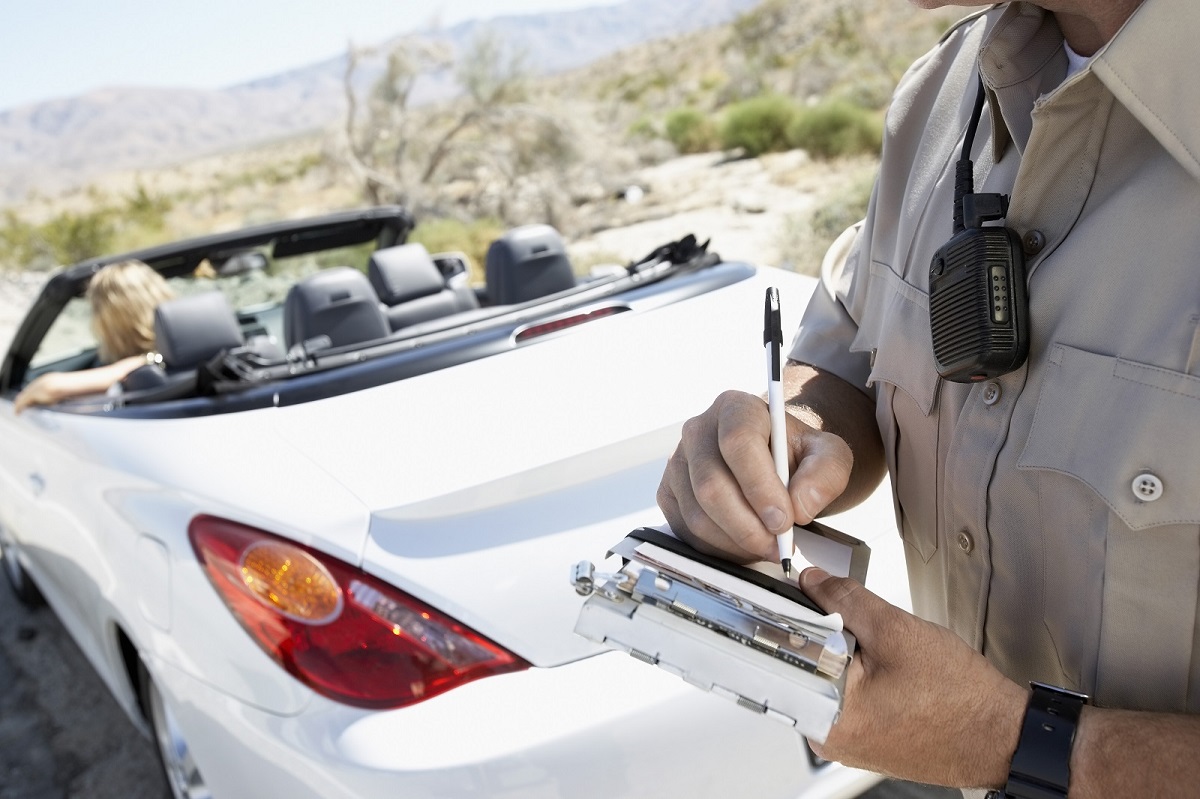
Image Credit: Shutterstock / sirtravelalot
Driving certain cars can make you more noticeable to law enforcement, even if you’re abiding by all the rules. Are you driving one of these “police magnets”? Here are seven cars that seem to attract more police attention than others. Police Magnet: 7 Cars That Guarantee You’ll Get Pulled Over
The Classic Cars That Were Total Clunkers
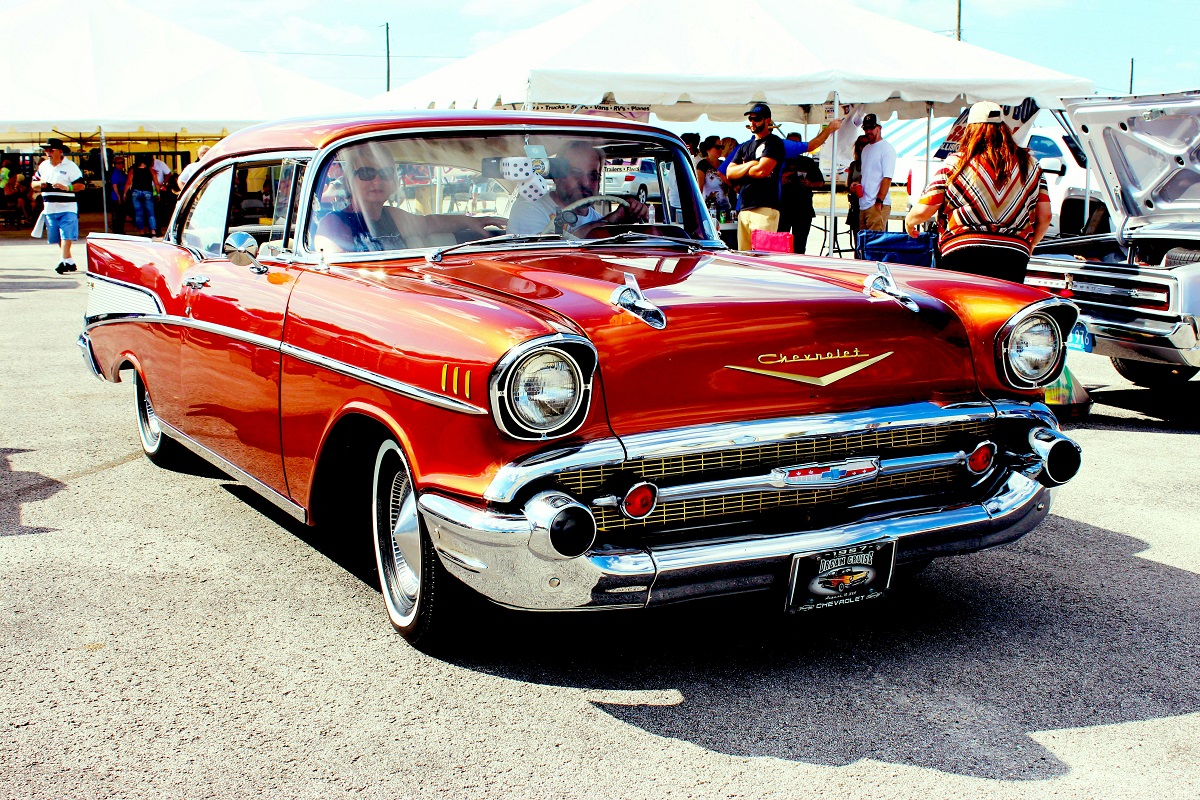
Image Credit: Pexels / Pixabay
Nostalgia has a funny way of making the past seem better than it was, especially when it comes to cars. But here’s the hard truth: some of those “classic” cars your dad raves about were real clunkers. Here’s a closer look at why some of those so-called “classics” weren’t all they were cracked up to be. The Classic Cars That Were Total Clunkers
The Worst U.S. Cars Ever Made: A Retro List
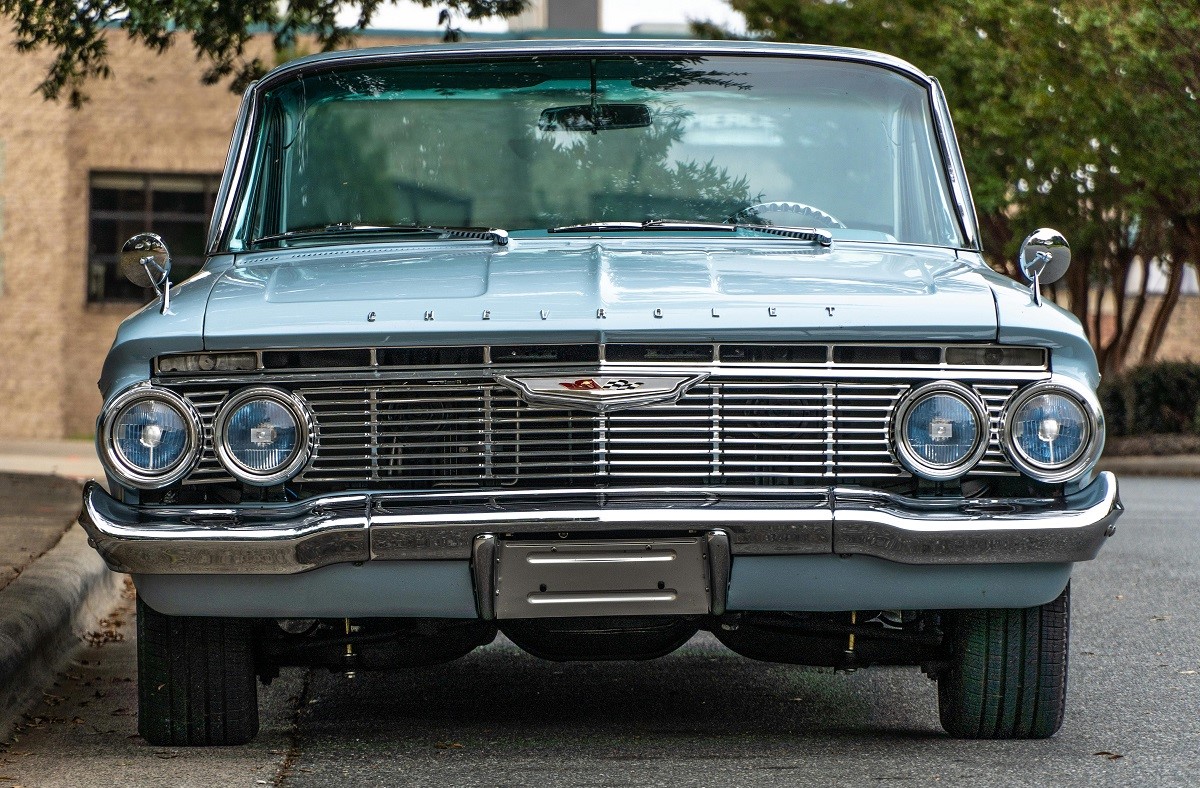
Image Credit: Pexels / Be The Observer
The U.S. auto industry has produced some incredible vehicles, but not every model was a hit. Here’s a look back at 16 of the worst cars ever made in the U.S., each infamous for its own unique flaws. The Worst U.S. Cars Ever Made: A Retro List
Featured Image Credit: Shutterstock / JC_STOCKER.
For transparency, this content was partly developed with AI assistance and carefully curated by an experienced editor to be informative and ensure accuracy.
The images used are for illustrative purposes only and may not represent the actual people or places mentioned in the article.
